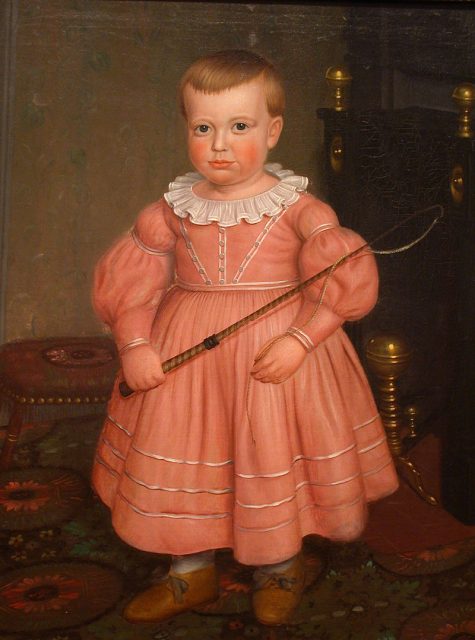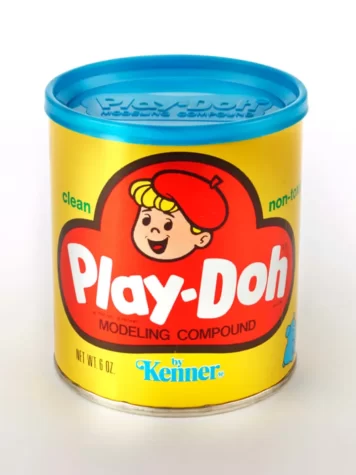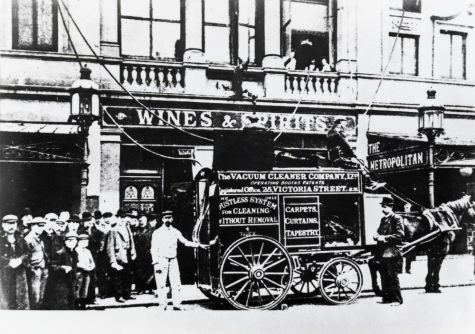Pink Used to be for Boys
A boy in a pink dress.
February 15, 2022
Did you know that pink used to be for boys? And blue for girls?
Towards the beginning of the 19th century, pastel colors began to be marketed towards the different sexes. Prior to this time, colors were thought to be gender neutral, with young children being dressed in white dresses until the age of six or seven. According to Smithsonian, in 1918 the publication Earnshaw’s Infants’ Department wrote that the “generally accepted rule is pink for the boys, and blue for the girls”. This marked the beginnings of stores gendering colors to market to a specific target group. Pink was chosen for boys because it was seen as closer to red, a strong color representing a strong man, while blue was dainty and more suitable for girls.
This stayed in practice, albeit in a way that was much less observable and upfront than our gendered markets of today, until around the 1940’s. It was around then that the colors reversed roles, with pink being seen as dainty and blue being seen as the foundation for strong men. This trend continued for decades afterward, only taking a small dip during the women’s liberation movement in the 60’s and 70’s, before making a comeback in the 80’s.
Nowadays, we are making progress towards erasing gender norms and stereotypes like the gendering of colors, but there is still a long way to go. Who knows, maybe years from now gendered colors will be gone!











